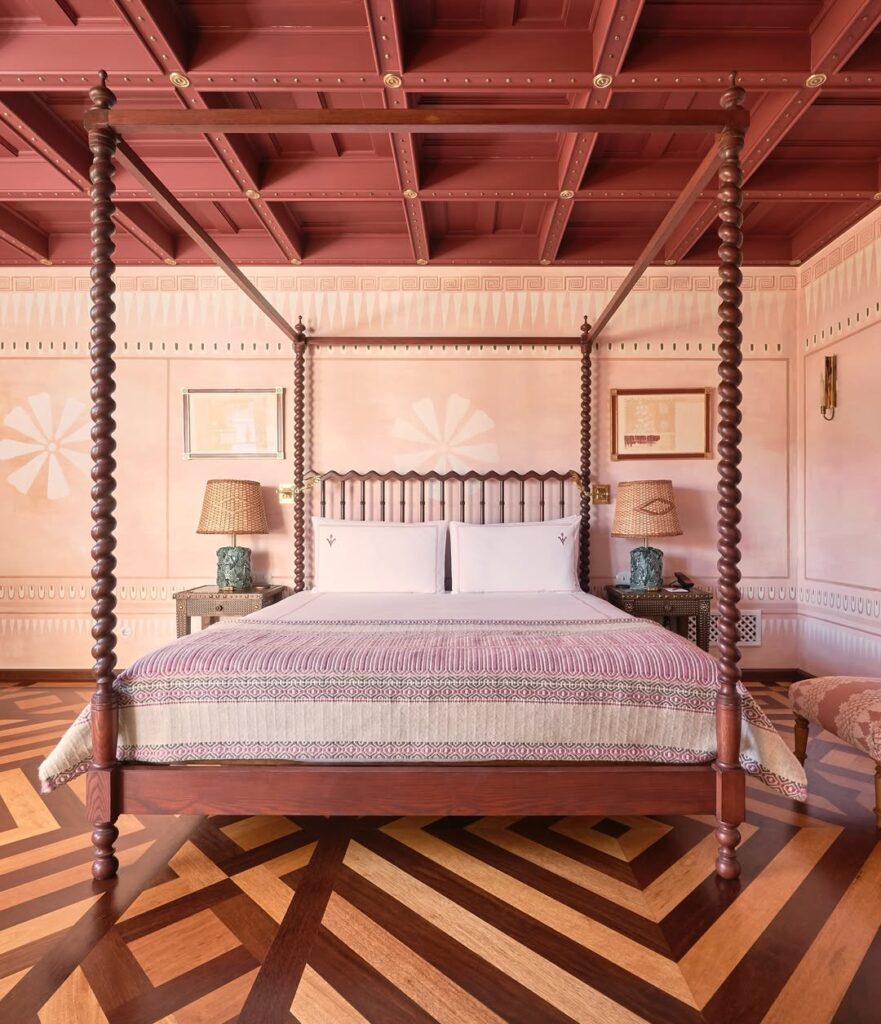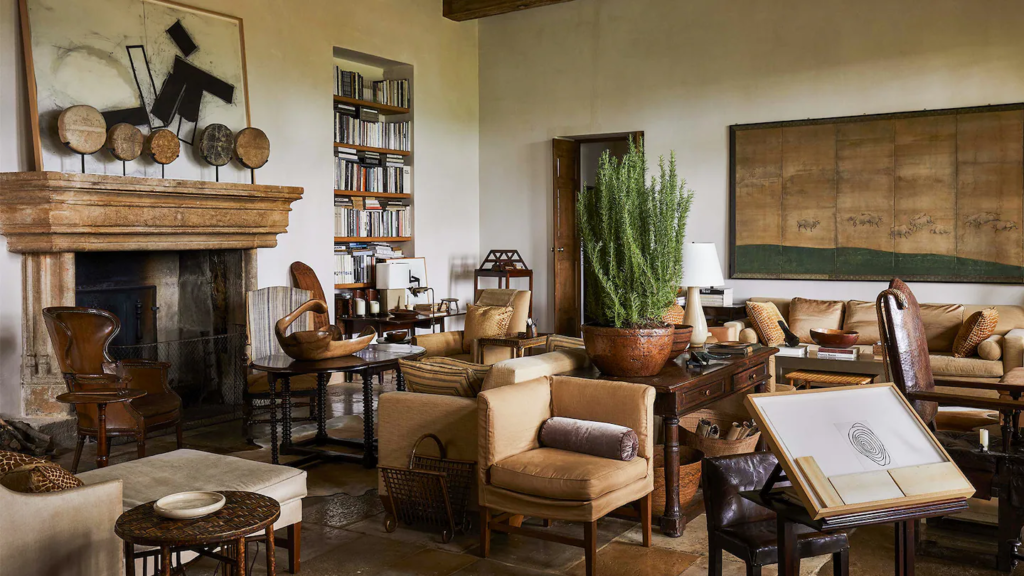
Living room by interior designer Rose Tarlow. (Miguel Flores-Vianna)
Not so long ago, a fashionable person’s status was judged by the clothes in their closet. But these days, your home is the new fashion. Custom cabinets and vintage benches alike have become as statement-making as your wardrobe. Since the pandemic, interiors have stepped out of the background into the spotlight. Now, your sofa can be as iconic as an it bag, and dinnerware as collectible as limited-edition sneakers. The “fashionisation” of interiors isn’t a passing trend—it’s a reflection of how deeply our surroundings shape our sense of self.
A New Standard of Hospitality
In a world where luxury travel no longer means just five-star service, the hospitality industry is undergoing a profound transformation. It’s not just about where you stay—it’s about how you feel, who you connect with, and the aesthetic story wrapped around your experience. Today’s top-tier hotels are evolving into private sanctuaries, integrating designer-level interiors with membership-only access to create a sense of belonging for the global elite. And at the heart of it all? Design.
Maximalism is back in a big way. The era of quiet luxury is beginning to fade as bold, expressive, designer-forward interiors take center stage. Fashion powerhouses like Christian Louboutin are not just staples in the world of style—they’re now shaping the identity of hotels, residences, and an expanding home goods category.
The Rise of Designer Hospitality: Fashion Meets Interior Design
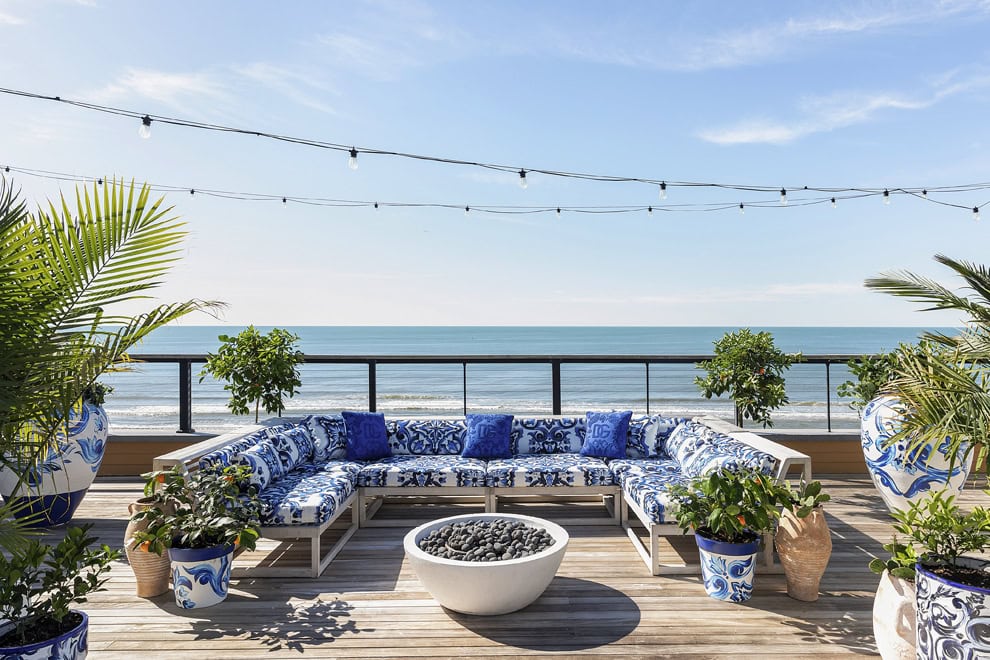
Dolce & Gabbana’s collaboration with Gurney’s Montauk Resort & Seawater Spa
The lines between haute couture and hospitality are blurring. Iconic fashion houses like Dolce & Gabbana, Louis Vuitton, Christian Louboutin, and the Armani Hotel are reimagining the hotel experience with their signature design philosophies. These aren’t just places to rest—they’re immersive environments where every detail, from the velvet armchair to the marble lobby, whispers luxury.
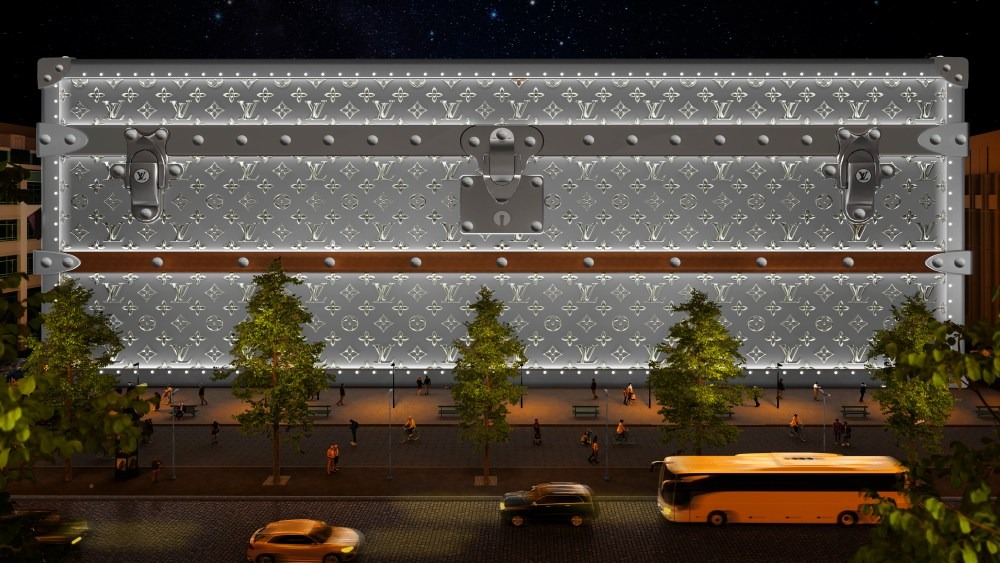
The facade for the new Louis Vuitton hotel (opening in 2026)
Design is no longer an afterthought. It’s the core identity of these new hospitality spaces. Rich textures, curated artwork, and spatial storytelling now define the ambiance, with a keen focus on wellness and cultural connectivity. Travelers are no longer looking for a hotel room—they’re searching for a sense of place, purpose, and prestige.
Christian Louboutin’s luxurious boutique Vermelho Hotel
From Luxury to Lifestyle: Why Membership Models Are Taking Over
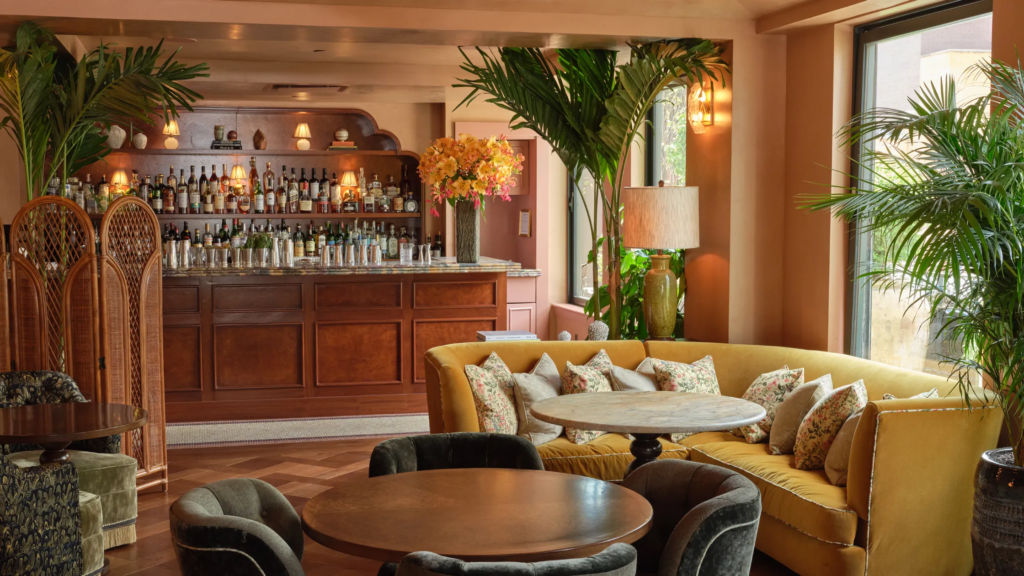
The Ned NoMad
The rise of club-style hotels signals a shift from passive stays to curated lifestyles. Premier examples include Casa Cipriani, Aethos, and The Ned. These aren’t hotels; they’re vibrant global communities where members can work, socialize, dine, and recharge—anywhere in the world.
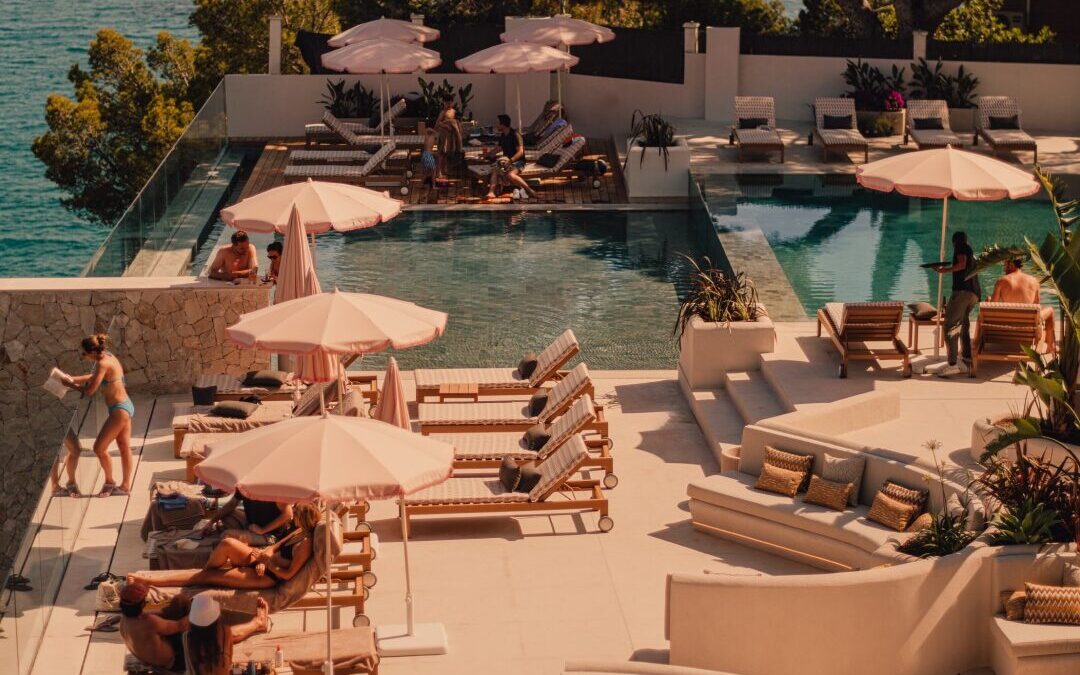
Aethos Mallorca
With membership comes access: rooftop lounges in Milan, wellness retreats in Madrid, candlelit dinners in New York. It’s not just about having a room—it’s about being part of something more. The benefits extend far beyond the stay: seamless networking, curated experiences, and a built-in social ecosystem of creatives, entrepreneurs, and tastemakers.
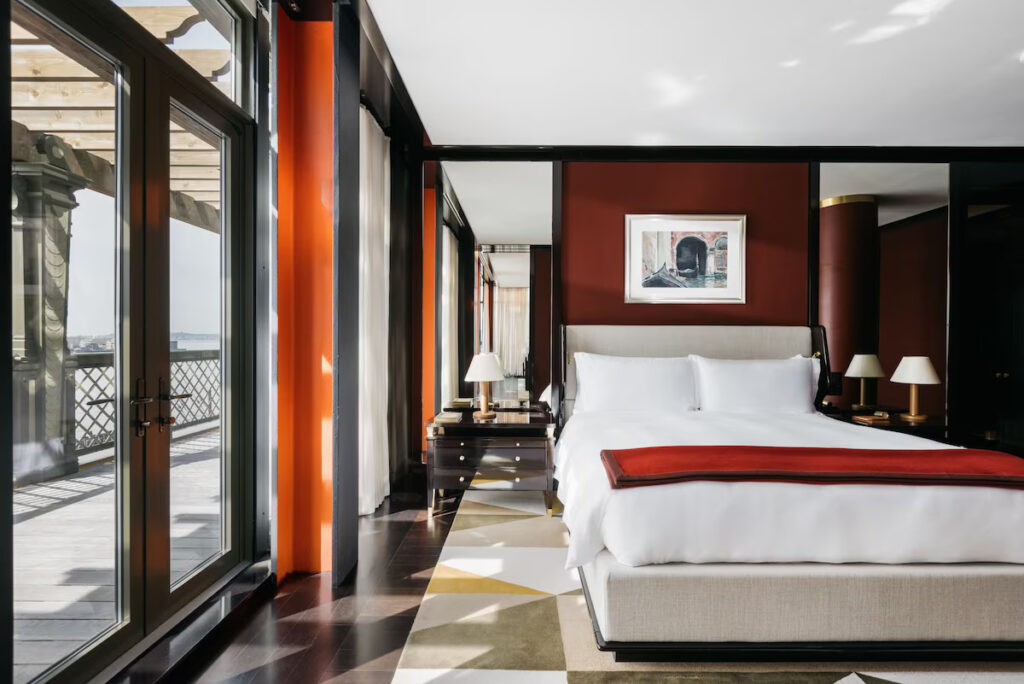
Casa Cipriani New York
Wellness has become the ultimate lifestyle signature. As traditional nightlife fades—dance clubs shuttered and DJ booths silenced—wellness clubs are stepping in as the new social playgrounds. These spaces offer recovery rooms, meditative lounges, and high-design fitness environments tailored for both restoration and connection.
Wellness, Community, and Culture: The New Hospitality Trinity
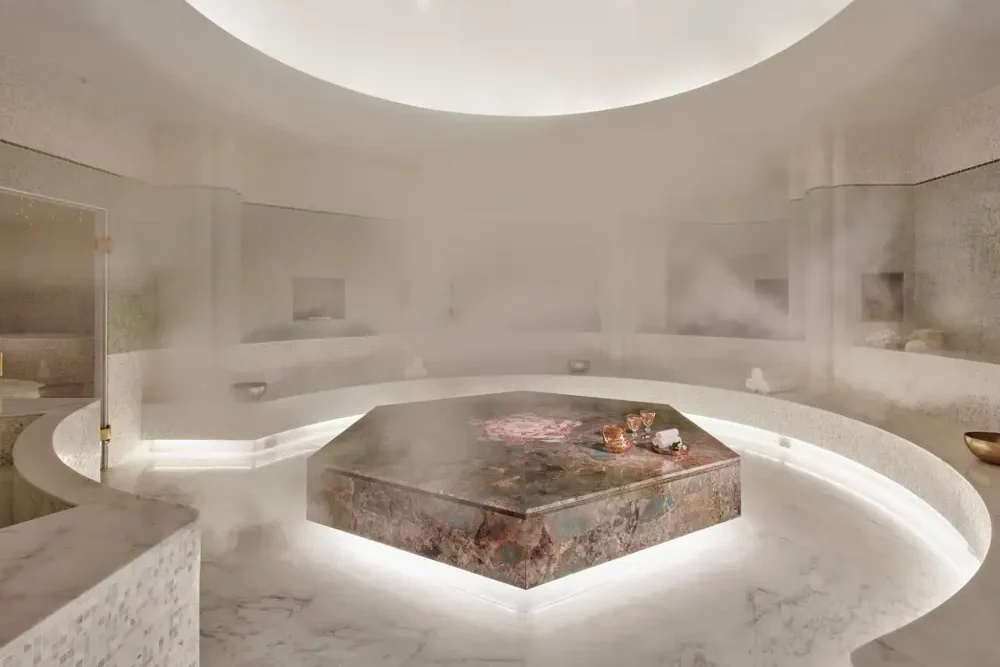
Tierra Santa Healing House at Faena Hotel Miami Beach
The modern traveler craves more than opulence—they seek meaning, rejuvenation, and connection. Hotel design is now focused on nurturing all three. Open-concept lounges encourage spontaneous interaction. Dedicated wellness areas and spas embrace holistic living. Local artisans and cultural references ground each property in its surroundings.
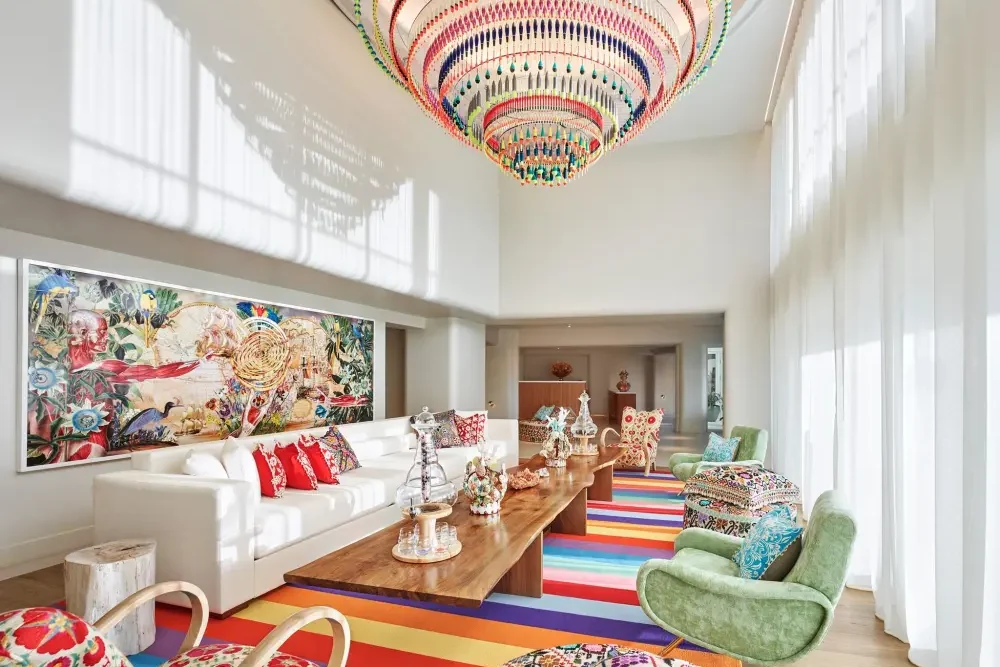
Tierra Santa Healing House at Faena Hotel Miami Beach
These spaces feel intimate yet expansive. Whether it’s an infrared sauna in a tucked-away corner or a handwoven tapestry telling the story of a local community, the experience is both intentional and immersive.
A Real Estate Evolution: How Developers Are Merging Residential and Hospitality
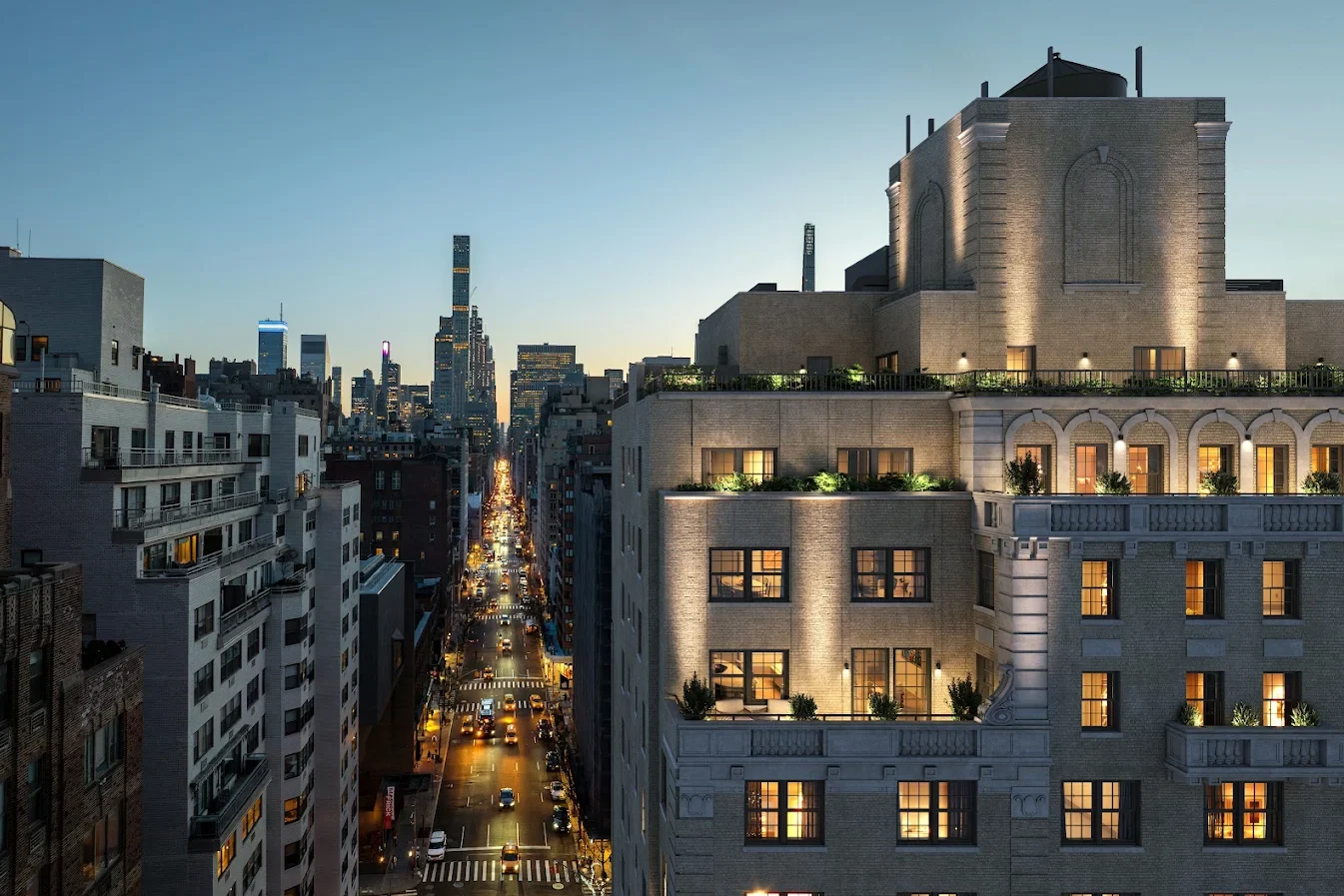
The Surrey Residences
Perhaps nowhere is this new paradigm more elegantly embodied than in The Surrey on Manhattan’s Upper East Side. This all-encompassing luxury ecosystem features:
- The Surrey Residences, where timeless Art Deco influences meet contemporary ultra-luxury living.
- The Surrey, A Corinthia Hotel, marking the brand’s North American debut with unmatched sophistication and service.
- Casa Tua, a dual concept that blends fine dining and private club culture, anchoring the building with soulful elegance and community spirit.
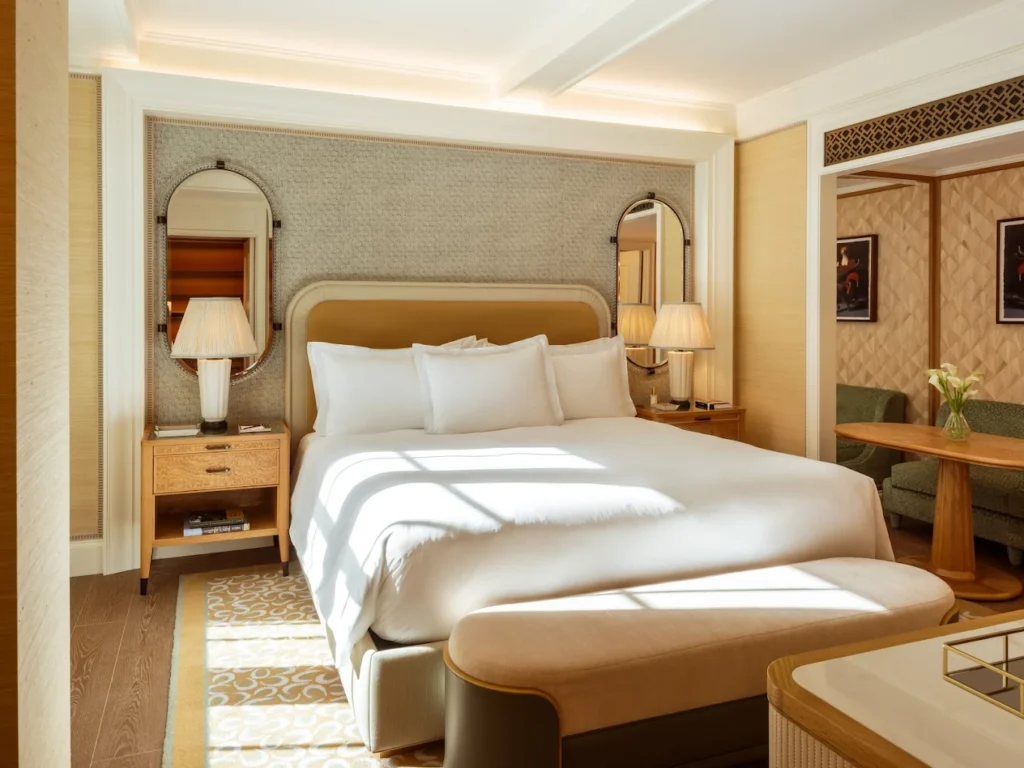
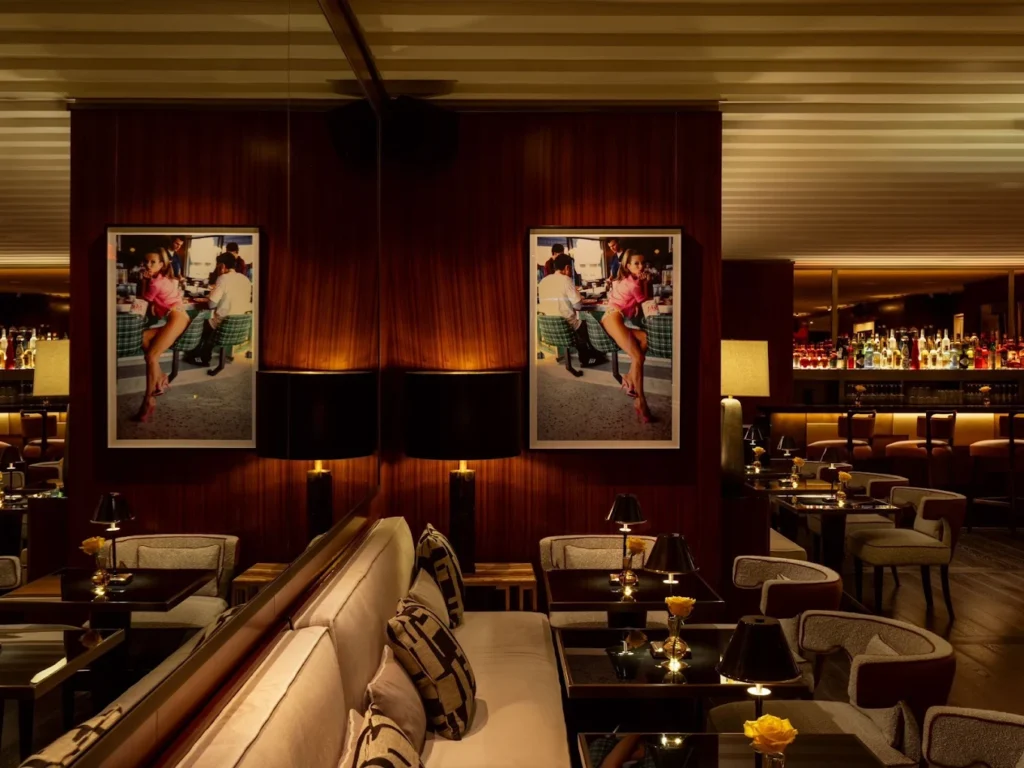
A Corinthia Hotel, and Casa Tua
Together, these elements form a modern lifestyle destination—where home, hospitality, and belonging intersect flawlessly.
Club Perks & Curated Living: What Today’s Guests Really Want
In today’s design-driven hospitality, every detail serves a purpose. It’s about personalization—whether that’s a curated welcome gift, exclusive invitations to member-only dinners, or intuitive service that anticipates your every need.
This bag, with adjustable straps, created by Chez Dede, captures the glamour of the
South of France’s most famous hotel.Hotel du Cap-Eden-Roc
The new luxury audience mirrors the exclusive clientele of high fashion: think Chanel shoppers who invest not just for the products, but for the experiences—VIP shows, international gatherings, and insider access. Hotels are following suit, offering curated escapes and a deep sense of being “in the know.”
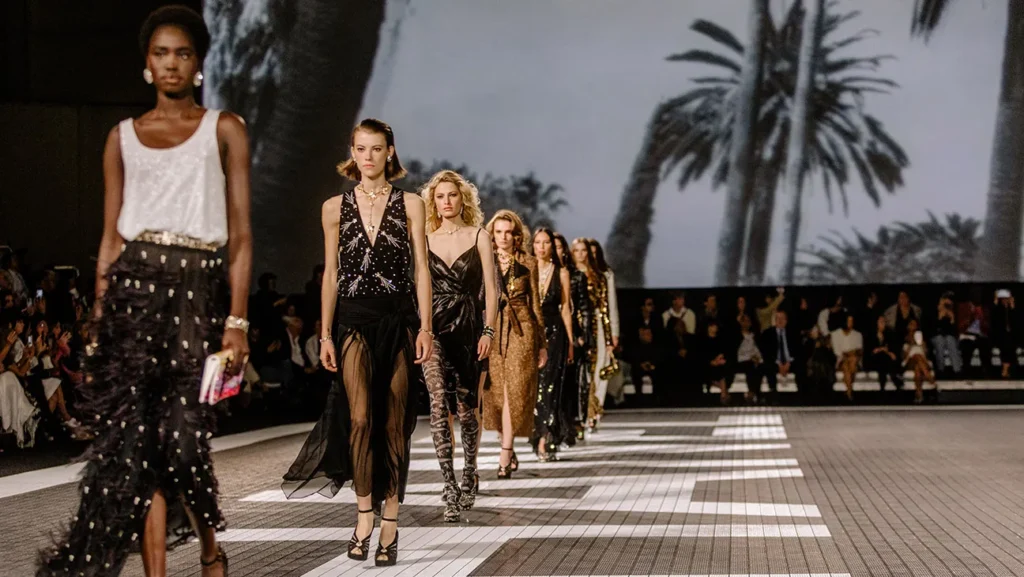
Chanel Cruise Show Courtesy of Chanel
Future Trends: What’s Next for Hospitality + Interior Design
Looking ahead, expect hotel brands to lean even further into designer collaborations, customization, and AI-enhanced personalization. Interiors will evolve with travelers’ preferences, adapting lighting, scent, and service in real-time.
Memberships may become increasingly niche—targeting wellness seekers, digital nomads, or even art collectors—each with a tailored community and design aesthetic. The age of generic luxury is fading. The future lies in emotional resonance, storytelling, and stylish exclusivity.
Hospitality Reimagined
The new era of hospitality is one of elevated intimacy, design-consciousness, and curated belonging. These hotels aren’t just places—they’re lifestyles, communities, and works of art.
As more hotels embrace this exclusive, design-first philosophy, travelers will no longer ask “Where should I stay?” but rather, “Where do I belong?”
FAQs
Q1: What is a hotel membership club?
A hotel membership club offers exclusive access to properties, experiences, and communities, often with global benefits and curated perks.
Q2: Which fashion brands are launching hotels?
Brands like Armani, Louis Vuitton, Dolce & Gabbana, and Christian Louboutin are entering hospitality with high-design hotels.
Q3: What makes a hotel interior “exclusive”?
Thoughtful design, limited access, artisan details, and a focus on wellness and community create exclusivity.
Q4: Why is wellness now central in hotel design?
Travelers demand holistic experiences that nourish mind, body, and spirit—wellness is no longer optional.
Q5: How do hotels like Casa Cipriani and Aethos set trends?
By combining design, exclusivity, culture, and connectivity, they redefine hospitality as a lifestyle.

